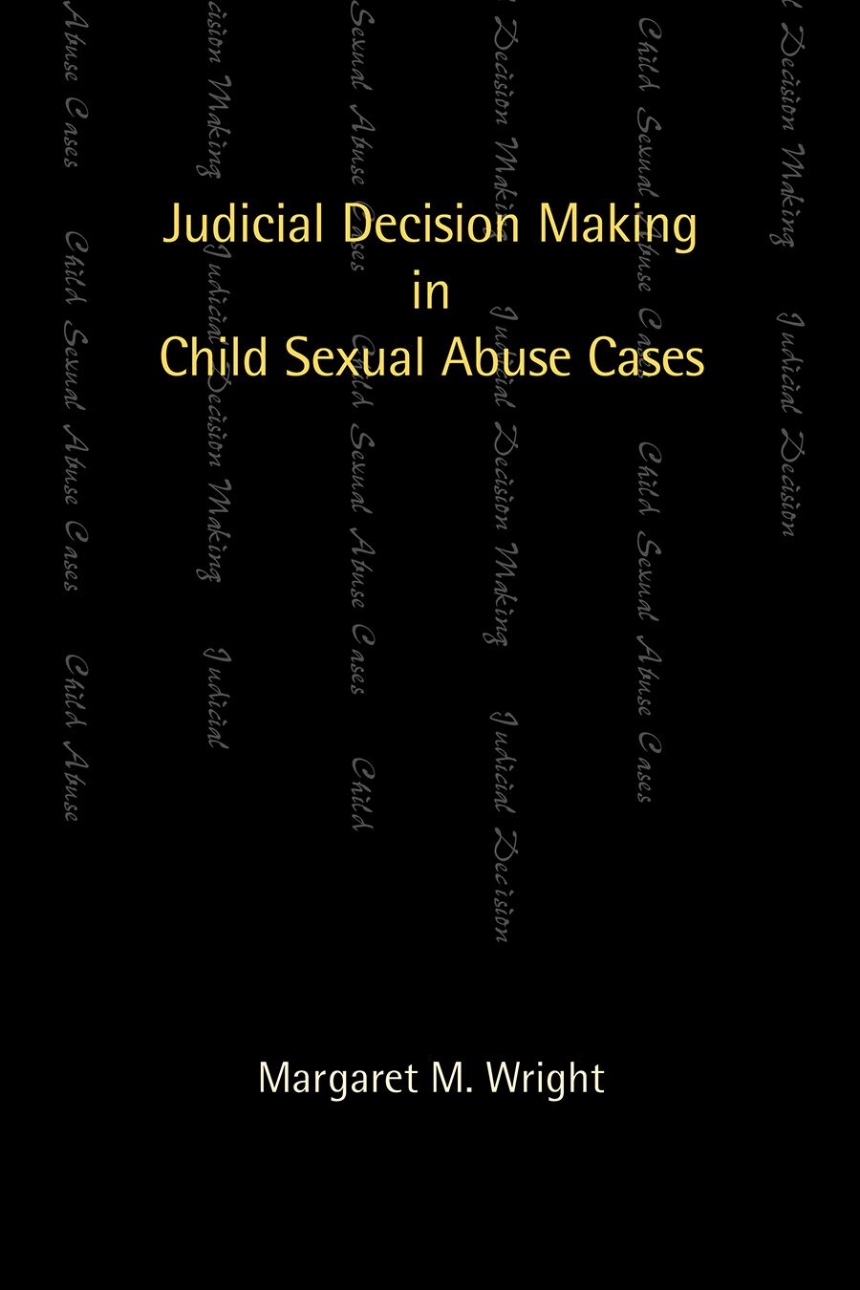University of British Columbia Press
Judicial Decision Making in Child Sexual Abuse Cases
Distributed for University of British Columbia Press
Judicial Decision Making in Child Sexual Abuse Cases
In the 1980s, Canada witnessed a public outcry over child sexual abuse cases. Elected officials sought a remedy through legal reforms. Amendments were made to the Criminal Code of Canada and sexual assault was redefined. The word “rape” was replaced with a continuum of categories intended to reflect the full range of sexually intrusive behaviours. Margaret Wright examines how the courts have dealt with child sexual abuse cases since then. She demonstrates that although the laws may have changed, their interpretation still depends on the social construction of children and on judges’ own understanding of what constitutes child sexual abuse.

